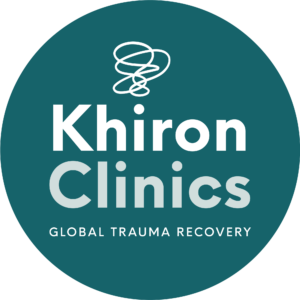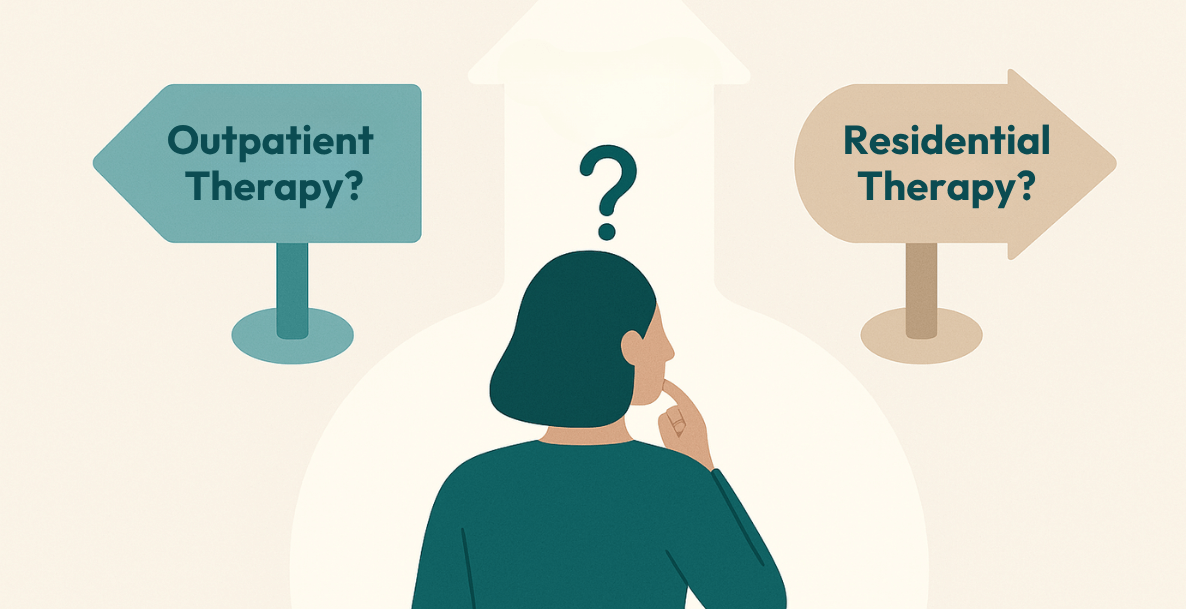Abraham Maslow’s hierarchy of needs is one of the most influential theories in human psychology and has guided theories of human well-being for decades. However, as society, technology, and our understanding of psychology rapidly evolve, it’s essential to reexamine the theory to ensure its relevance in today’s landscape.
Maslow’s hierarchy of needs, proposed in 1943 in the aftermath of World War 2, suggests that human needs can be arranged in a hierarchical order, depicted as a pyramid with five levels. At the base are physiological needs, including air, water, food, and shelter, which are essential for survival. Once these needs are met, individuals seek safety and security, followed by the need for love, belongingness, and social connections.
The next level involves esteem needs, including feelings of accomplishment and recognition. Finally, at the top of the hierarchy are self-actualisation needs, where individuals strive for personal growth and realise their full potential. According to Maslow, individuals are motivated to fulfil these needs in a sequential order, with lower-level needs taking precedence over higher-level ones.

Download the Brochure
Discover Our Innovative Trauma Recovery Pathway
Origins of The Hierarchy of Needs
The theory was formulated by Maslow during the Second World War, a time of global distress, upheaval and immense loss and trauma. This context deeply influenced Maslow’s emphasis on each person’s potential for fulfilment beyond just survival.
The five essential levels of the hierarchy include:
- Physiological Needs: These needs are the most fundamental and are required for human survival. They include basic requirements such as food, water, shelter, and sleep. Without satisfying these needs, we cannot function well.
- Safety Needs: Once we satisfy our physiological needs, we seek safety and security. This includes physical safety, employment security, financial security, health, and protection of property. Feeling safe and secure is essential for us to thrive and move up the hierarchy.
- Love and Belonging Needs: Once safety needs are met, we crave social belongingness and connection. This involves forming relationships, friendships, and intimate connections. Love and belongingness satisfy the human need for companionship, acceptance, and affection.
- Esteem Needs: With social belongingness fulfilled, we then seek to gain self-esteem and the esteem of others. This includes respect, recognition, appreciation, and the need for personal achievement. Esteem needs involve feeling confident, competent, and valuable.
- Self-Actualisation: At the top of the hierarchy is self-actualisation, which is the desire to reach one’s full potential and achieve personal growth. This involves releasing personal goals, self-fulfilment, and personal development. Maslow described self-actualisation as the desire to become the best one can be.
Maslow later expanded his theory to include three additional levels:
- Cognitive Needs: This level involves the pursuit of knowledge, curiosity, and understanding. It includes the need for intellectual engagement or stimulus, problem-solving, and learning.
- Aesthetic Needs: Aesthetic needs involve the appreciation of beauty, balance, and form. This includes the need for creativity and artistic expression.
- Transcendence Needs: The highest level in Maslow’s hierarchy involves transcending oneself and achieving a deeper connection to something beyond the individual. This includes experiences of altruism and spirituality.
Maslow’s theory suggests that as individuals progress up the hierarchy, they seek to satisfy higher-level needs, ultimately striving for self-actualisation and transcendence. This theory has stood the test of time and scrutiny. However, there remain several criticisms and areas that need further exploration from a modern lens.[1]
As the theory was formulated in the UK in the 30s and 40s, it captures a specific cultural perspective. Many have pointed out that this has resulted in a distinctly Western, individualist perspective, and that both ancient and modern ideas are missing.[2]
The Nervous System Governs Security: Safety Needs From a Polyvagal Perspective
In Maslow’s Hierarchy of Needs, the second tier represents Safety Needs. These needs include physical safety, financial security, health, and stability. From a Polyvagal perspective, the nervous system plays a crucial role in governing these safety needs.
Polyvagal Theory, pioneered by Dr. Stephen Porges, suggests that the autonomic nervous system (ANS) has three components: the ventral vagal complex, the sympathetic nervous system, and the dorsal vagal complex.[3]
The ventral vagal complex is associated with feelings of safety and social connection, while the sympathetic nervous system prepares the body for fight-or-flight responses. Conversely, the dorsal vagal complex is linked to feelings of immobilisation and shutdown.
When our nervous system perceives a threat, it can trigger a cascade of physiological responses, ranging from increased heart rate and blood pressure to feelings of anxiety and fear. This can interfere with our ability to meet our Safety Needs, making it difficult to achieve higher levels of fulfilment and self-actualisation according to Maslow’s model. Therefore, understanding and regulating our nervous system responses is crucial for achieving a sense of safety and security in our lives.
Explore Our Treatment Options
Find Out What Makes Us Different
The staff at our globally recognised mental health clinic have been informed, trained and supervised by some of the world’s leading trauma experts such as Dr Bessel van der Kolk, Dr Janina Fisher, Dr Stephen Porges, Dr Dick Schwartz and more.
Understanding the Impact of Stress, Trauma, and Dysregulation on Well-being and Progress
Maslow’s hierarchy of needs provides a valuable framework for understanding human motivation, particularly in the context of addiction, trauma, and nervous system dysregulation.
Combining ideas from the hierarchy of needs with more modern findings about the impact of stress and adversity – such as Adverse Childhood Experiences – and nervous system theory offers those struggling with the legacy of trauma and nervous system dysregulation a wider view of the shared experience of struggles with finding safety, belonging, and esteem without self-judgement.
At the base of Maslow’s hierarchy are physiological needs, which addiction and trauma often compromise. Issues like proper nutrition, sleep, and overall health can be severely impacted by addiction. Similarly, over time the effects of stress and trauma on the body can impact physical well-being.[4]
Moving up the hierarchy, safety needs come into play. Trauma and addiction can leave us feeling perpetually on edge and unsafe, both physically and emotionally. Trauma can cause hypervigilance – where the ANS is continually detecting threats – and adduction is often the result.
Many people begin using substances as a way to alleviate the distress, pain and dysregulation that is caused by adversity. Establishing a safe, judgement-free, understanding environment that is designed to activate the parasympathetic nervous system – as Khiron Clinics does – is crucial for recovery.
Understanding the effect of triggers on perceived safety is key. For some people who have experienced trauma, triggers can cause them to feel immobilised and unsafe. They may interpret small changes, such as facial expressions and tone of voice as dangerous and find themselves freezing up in an attempt to protect themselves. When the nervous system is regulated, we respond appropriately to external stimuli.
For example, when there is a loud noise, we may jump or flinch but quickly return to homeostasis once we realise there is no threat. Those with dysregulated nervous systems may hear the loud noise and begin to panic, perceiving an immediately present danger. This is completely automatic and can result in both a fight-or-flight sympathetic nervous system response, or freeze and shutdown.
Over time, all of these factors can impact our love and belonging needs, leading to breakdown in relationships and a sense of isolation, affecting the need for love and belonging. This is where residential programs – such as Khiron House Residential Clinic – and support groups become invaluable, providing a sense of community and belonging and helping individuals reconnect with others.
Sources:
[1] Laura Copley, Ph. D. (2024, March 13). Hierarchy of needs: A 2024 take on Maslow’s findings. PositivePsychology.com. https://positivepsychology.com/hierarchy-of-needs/
[2] Kenrick DT, Griskevicius V, Neuberg SL, Schaller M. Renovating the Pyramid of Needs: Contemporary Extensions Built Upon Ancient Foundations. Perspect Psychol Sci. 2010 May;5(3):292-314. doi: 10.1177/1745691610369469. PMID: 21874133; PMCID: PMC3161123.
[3] Citation. Porges, S. W. (2011). The polyvagal theory: Neurophysiological foundations of emotions, attachment, communication, and self-regulation. W W Norton & Co.
[4] Yaribeygi, Habib et al. “The impact of stress on body function: A review.” EXCLI journal vol. 16 1057-1072. 21 Jul. 2017, doi:10.17179/excli2017-480





